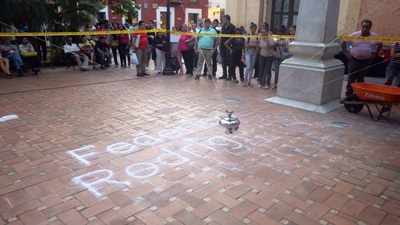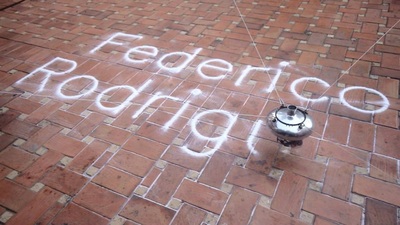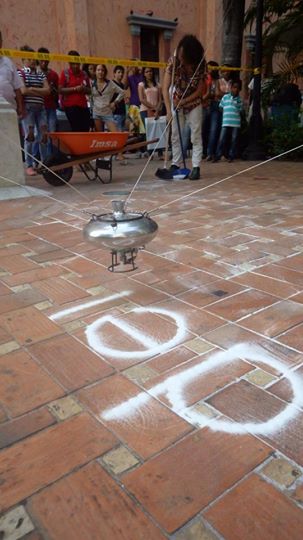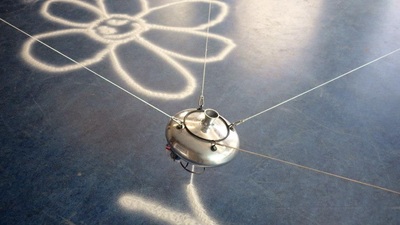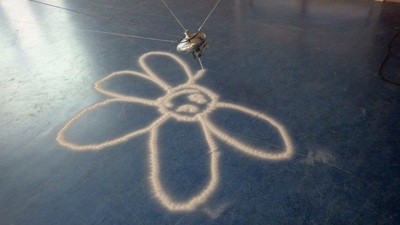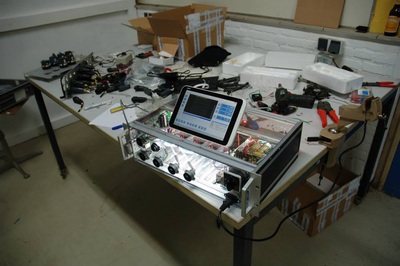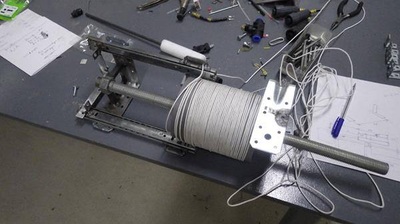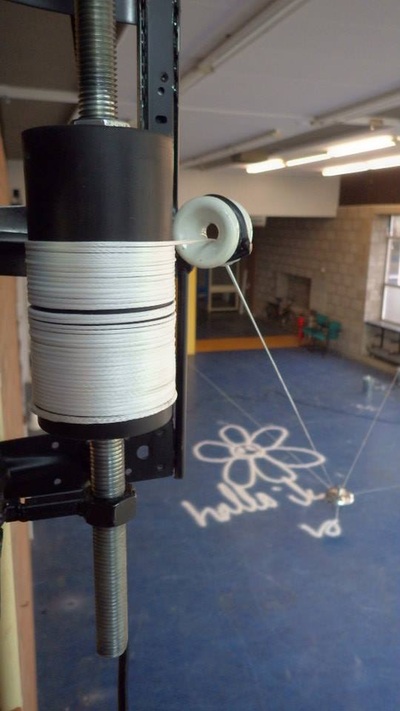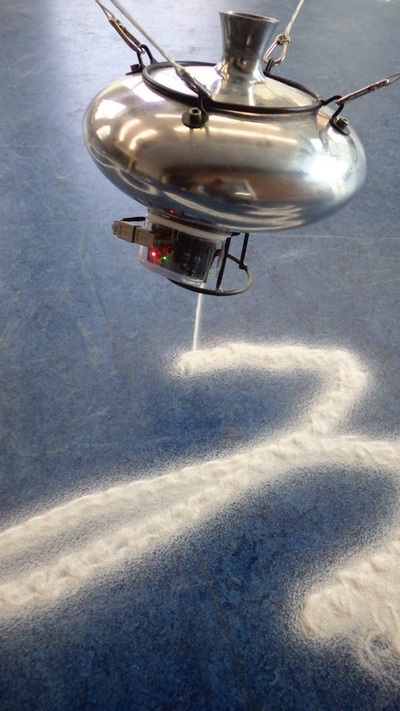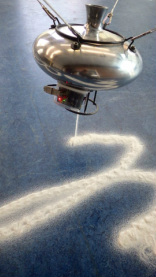
PresentPerfectContinuous
The installation Present Perfect Continuous writes dreams and poems, sourced from diaries and journals written by Cartagenians, using sand taken from the beaches of Cartagena. The installation writes in a slow pace, letter by letter. When the section is complete, the sand is swept aside for the machine to continue with the next section. Next to the public square there will be receptacles for the sand—the residue of thoughts and dreams. The last section is left to fate. Gradually, what remains is more and more influenced by the wind, the weather, and the audience, slowly disappearing until the following weekend when the text will again be written. The square is like the paper on which the texts are written. Thus, the city is the medium for the diary, integrating and merging the performance space with its residents and users.The installation and performance speak of time—its transience and its desire to leave a record of the moment. All thoughts and moments sadly disappear but hope lies in the emergence of the new. The public is the viewer and reader of the text fragments. They see the creation of the text in a moment of silence, created and destroyed amidst the city’s turmoil.
The installation Present Perfect Continuous writes dreams and poems, sourced from diaries and journals written by Cartagenians, using sand taken from the beaches of Cartagena. The installation writes in a slow pace, letter by letter. When the section is complete, the sand is swept aside for the machine to continue with the next section. Next to the public square there will be receptacles for the sand—the residue of thoughts and dreams. The last section is left to fate. Gradually, what remains is more and more influenced by the wind, the weather, and the audience, slowly disappearing until the following weekend when the text will again be written. The square is like the paper on which the texts are written. Thus, the city is the medium for the diary, integrating and merging the performance space with its residents and users.The installation and performance speak of time—its transience and its desire to leave a record of the moment. All thoughts and moments sadly disappear but hope lies in the emergence of the new. The public is the viewer and reader of the text fragments. They see the creation of the text in a moment of silence, created and destroyed amidst the city’s turmoil.
